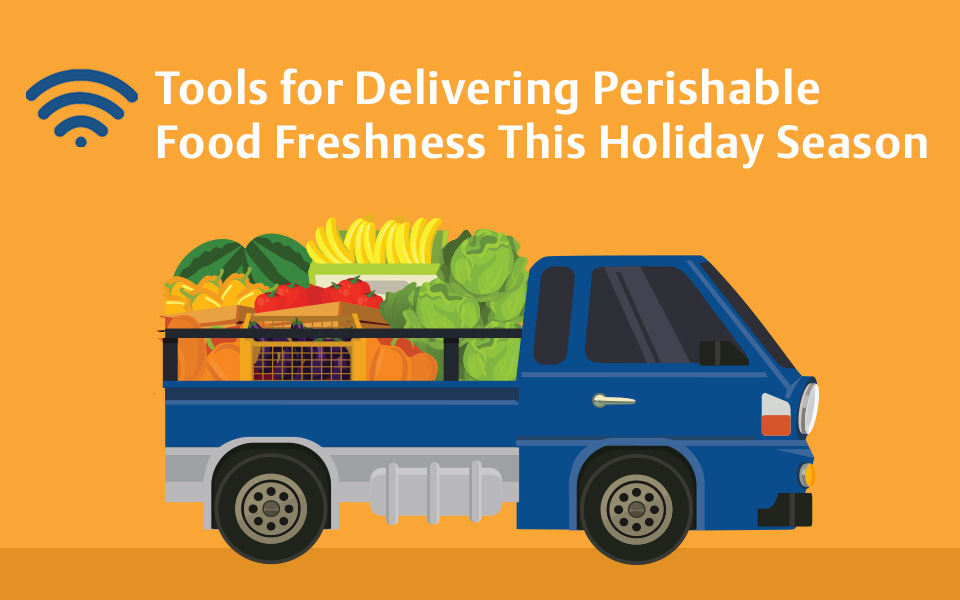Smaller supermarket formats dictate fresh refrigeration approaches

Meeting the demands of emergent small-format supermarkets requires a new approach to — or adaption of existing — refrigeration architectures. This blog is based on a recent article that discusses available options. Read the full article here.

One of the biggest trends shaping the food retail industry is the shrinking store footprint. Instead of building large mega centers that once dominated the landscape, today’s retailers are opting to extend their brands into smaller stores, typically in densely populated areas. The small-format trend is part of a larger evolution — one that emphasizes high-quality, fresh, perishable offerings while appealing to consumer desire for more convenience.
Food retailers that are embracing these changes must also evaluate how their approaches to refrigeration architectures and controls will also need to adapt. Fortunately, there is no shortage of available options to help operators make this transition.
Scale down for “centralized” familiarity
A traditional big-box supermarket has more than 100 cases (a mix of medium- and low-temperature cases) supported by centralized refrigeration racks and controls designed to optimize large systems of this type. If you shrink these systems down for smaller formats with less merchandise, it stands to reason that you may not need as many racks. With stores shrinking from more than 100,000 to less than 20,000 square feet, they simply won’t need the same refrigeration horsepower.
In many cases, operators may still want to use centralized architectures for both medium- and low-temperature cases, but appropriately scaled down to suit the small format. Often, we’re able to design a system with one rack to manage medium- and low-temperature needs. Since it’s a much smaller centralized system to support fewer case lineups, it has much shorter refrigeration lines running out to the cases.
From a system controls standpoint, this smaller centralized architecture isn’t drastically different, so retailers can achieve relatively the same look and feel in both large and small store formats — while also providing the flexibility to scale across the full spectrum of store sizes.
Explore “distributed” efficiencies
While distributed refrigeration systems have been preferred in large supermarkets in Europe and other global regions, they are also well-suited for the small-format emergence in the U.S. Distributed architectures come in different formats and offer a cost-effective refrigeration strategy for smaller stores. Preferred distributed architectures include:
- “Self-contained” cases (i.e., a completely integrated refrigeration system within the case); also provide spot-merchandizing flexibility
- Modular refrigeration systems capable of supporting small lines of cases sharing similar characteristics
Distributed architectures also have a greater impact on the way controls are set up and utilized. In a distributed scenario, electronic controllers are installed at the refrigeration cases. Additional sensors are typically required to capture data, allow for better control, and support remote troubleshooting activities.
Standardize your footprint
When adding smaller-format stores to an enterprise network, it may not be in your best interest to introduce a completely new refrigeration and controls platform. For retailers with multi-site networks of large- and small-format stores, it’s especially important to select refrigeration architectures and control platforms that provide a standardized view.
When evaluating refrigeration options, look for platforms that support the evolution of internet of things (IoT) in refrigeration and facility management. These systems represent the next generation of operational efficiencies by offering cloud connectivity, predictive maintenance and advanced multi-site management software.

Evaluating the ROI of Supermarket Sustainability Efforts
by Andre Patenaude | Cold Chain
The spectrum of supermarket sustainability concerns has expanded significantly in recent years. As...

Seven Keys to Demystifying CO2 Refrigeration
by Andre Patenaude | Cold Chain
The U.S. commercial refrigeration market is poised for a surge in the use of CO2 (R-744) as a...

Tools for Delivering Perishable Food Freshness This Holiday Season
by Doug Thurston | Cold Chain
More than any time of year, food is a central attraction of the holiday season. Sharing, preparing...
The post Smaller Supermarket Formats Dictate Fresh Refrigeration Approaches appeared first on Emerson E360 Blog.